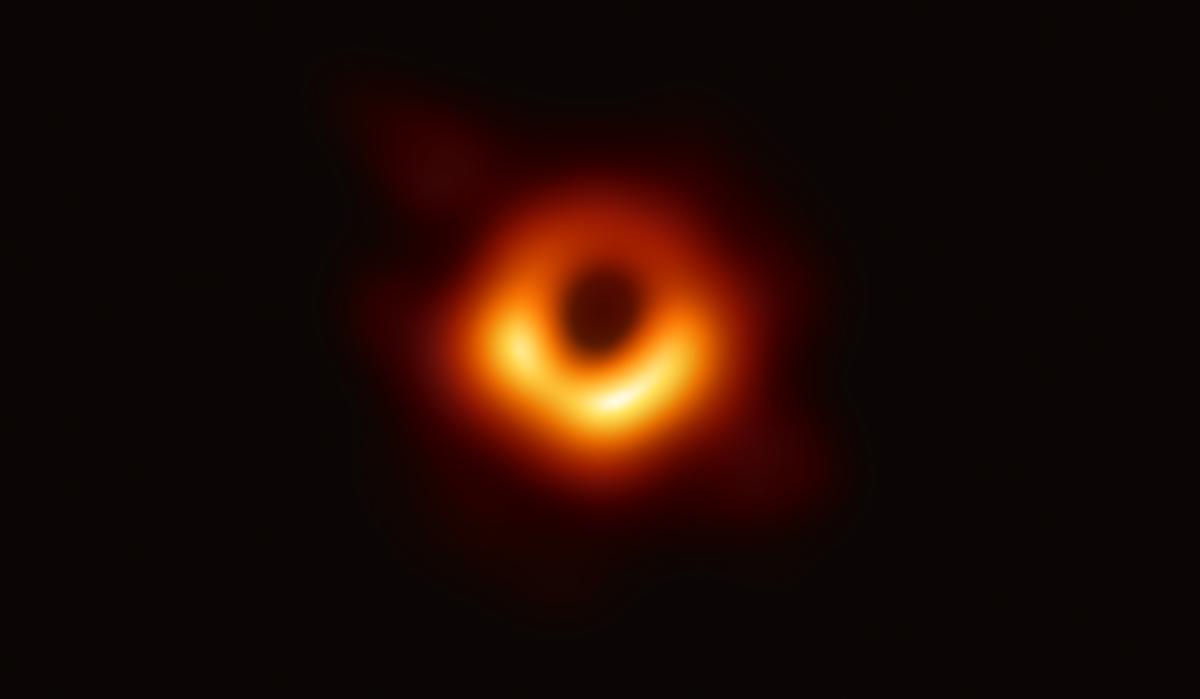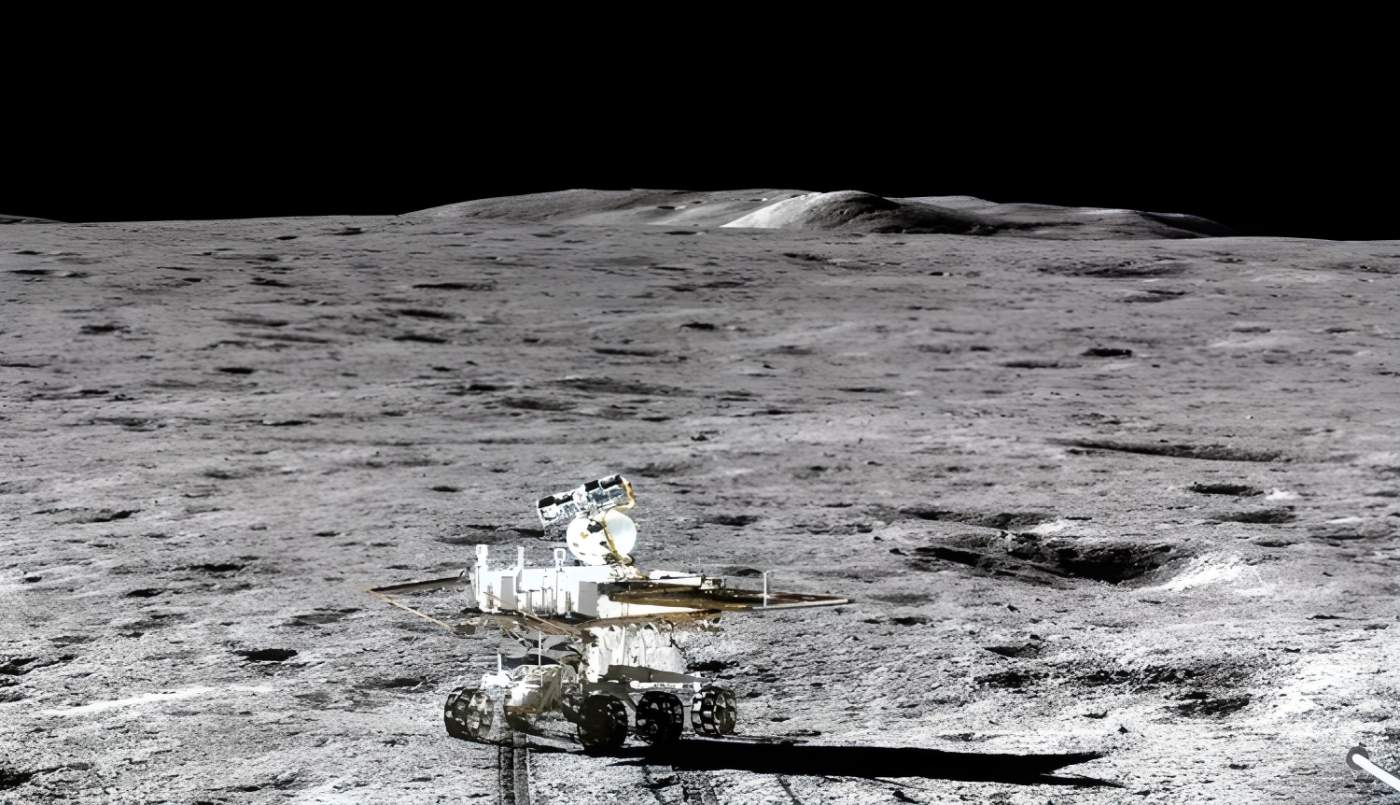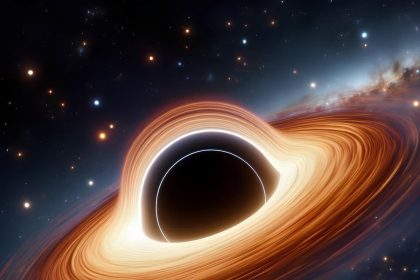The year 2022 has a lot of promise for astronomy since new telescopes can capture some very breathtaking images. However, it’s important to remember that initial impressions may not always reflect reality. Black holes are one case, and they raise the question of why do we not see them in pictures. Here is the answer.
There is little room for debate over the fact that astronomy is a tremendously visual field of study. This is because, in contrast to other areas of research, the subjects of study cannot be validated via the use of direct observation. The vast distances that separate planets, stars, and galaxies make it difficult to conduct any more research in almost all circumstances.

However, astronomy has advanced to the point where it can now even make previously invisible things visible. This was not the case in the past. In particular, the “pictures” that have been taken in the past of black holes serve as an excellent illustration of this concept. Even though they may seem incredible at first glance, to make sense of what is being shown, some basic mathematics and formulas are used.
Images of the black hole at the center of the galaxy M87, which were captured in 2019, and those of the black hole at the center of our very own galaxy, the Milky Way, which was captured in the spring of 2022, make the situation abundantly clear: concealed within the orange-red glow is a dark, black region from which no light is originating. This must be the very depths of the abyss. The event horizon, often known as the black hole, resides in this murky area. However, because the anomalies take place in the vicinity of a black hole, this area is far more condensed.
When the Light in Black Holes Makes Spherical Orbits
The event horizon is the theoretical outer limit of what can be seen as a “black hole” from the outside. It marks the point beyond which the black hole’s gravity becomes so powerful that escaping requires traveling faster than the speed of light. Observers on the outside of the black hole can only see a theoretical outline of the event horizon. Nevertheless, because of the immense mass it contains, a black hole warps space and time to a very extreme degree. It can redirect light as it moves through space and even direct it on a route that circumnavigates the black hole. After that, the light goes around and around the black hole for an unending length of time (although there can be no real stable orbits there).
There are black hole formulas used to compute the radius of the photon sphere, which describes the exact area in which light particles can move around the black hole. The radius of the photon sphere concerning the mass of the black hole is determined by the Kerr parameter a, which simplifies the description of the black hole’s spin and may take on values between +1 and -1. At the parameter value of a = 0, one obtains the non-rotating and neutral black hole that is represented by the traditional Schwarzschild metric. As is relatively usual in the field of theoretical physics, the values of the gravitational constant and the speed of light are generally set to 1 in the black hole calculations. For instance, the distance between the event horizon and the radius of the photon sphere of a black hole could be as big as 1.5 times.
The Truth About Black Hole Images
If you were to stand on top of the photon sphere and look “down” on it, you would see that it is physically impossible for light to get away from the gravitational pull of the black hole. To put it another way, the dark patch that appears in images of black holes is not the same thing as the black hole itself. This is because the dark patch indicates an area of space that is farther away from the black hole than the event horizon.
On the other hand, the word “picture” doesn’t fit in with the rest of this discussion very well. What we are able to see are the radio radiation intensities measured by telescopes located in different regions of the world. Through the use of digital technology and a computer, these diverse bits of information are brought together to identify the structure of the black hole that is responsible for producing these specific radiation intensities, and thus, an “approximate” image is created.
We can not photograph the black holes because the two eyes that mother nature has bestowed upon us are no match for the eyes that contemporary astronomy has to provide. The mathematical side of our minds enables us to make far more precise observations than our eyes can handle.






